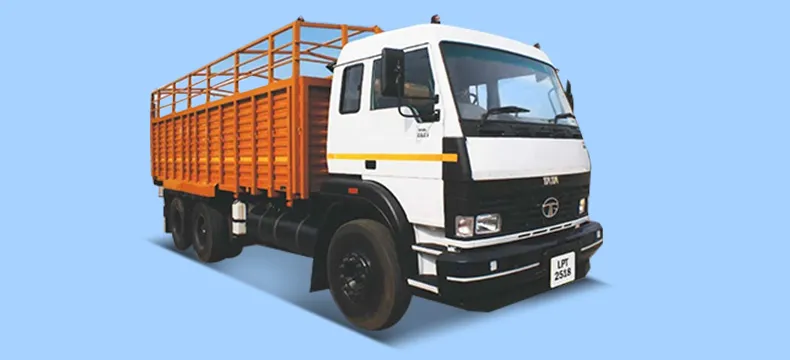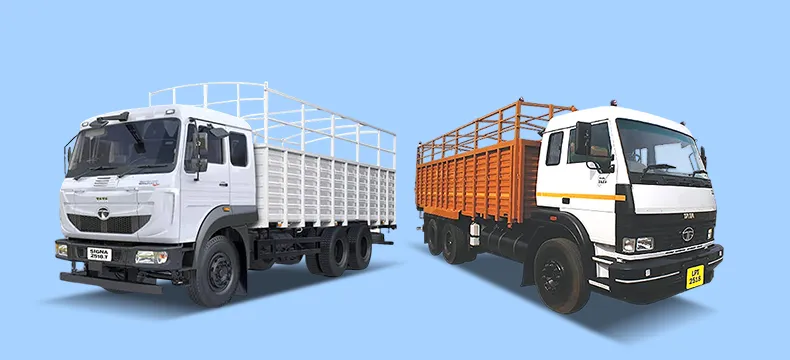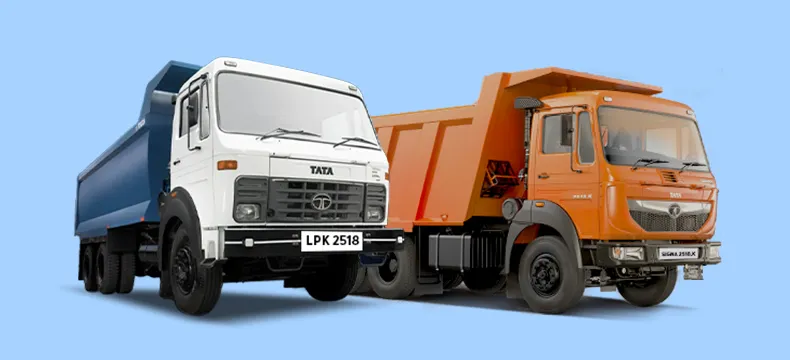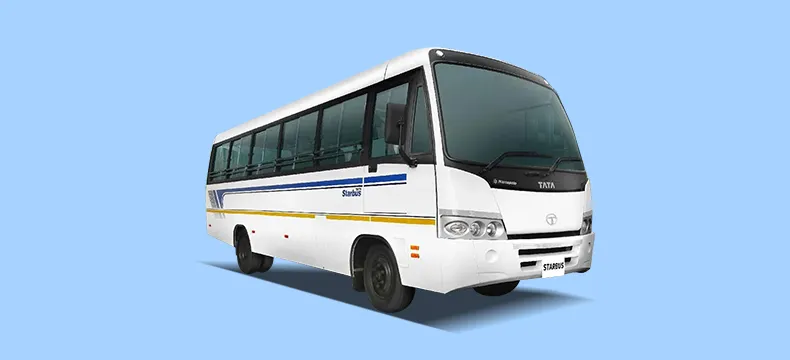11 Mar 2025

Understanding Cargo Truck Dimensions - What You Need to Know for Efficient Transportation
- Tata Motors
- 6 Dec 2024
- Commercial Vechicle
Introduction
Bangladesh's thriving economy, driven by industries like textiles, agriculture, and manufacturing, relies heavily on efficient transportation networks. From the bustling streets of Dhaka to the quieter rural areas, transporting goods efficiently is key to meeting the needs of a rapidly developing nation. One of the most important factors for businesses relying on cargo transport is understanding the dimensions of their vehicles, particularly cargo truck dimensions. Selecting the right truck size can significantly impact the efficiency of your operations. This blog will dive into the types of cargo trucks, standard dimensions, weight limits, and how to choose the right truck size for your business.
Standard Dimensions of Cargo Trucks
When discussing cargo truck dimensions, it's important to understand that they vary depending on the vehicle type and its intended purpose. Trucks are classified based on their gross vehicle weight (GVW), which refers to the maximum weight a truck can safely carry, including its cargo, fuel, passengers, and the vehicle itself.
-
Small Cargo Trucks:
These trucks typically have dimensions ranging from 4.5 to 5.5 meters in length and a load body width of 1.8 to 2.0 meters. They are perfect for small-scale deliveries and city transport.
-
Medium Cargo Trucks:
These trucks are often around 6 to 7 meters in length, with a width of about 2.2 meters. They are commonly used for intercity transport.
-
Heavy Cargo Trucks:
For larger operations, heavy cargo truck dimensions can exceed 8 meters in length and 2.5 meters in width, providing ample space for transporting large volumes of goods.
Weight Limits of Cargo Trucks
Each cargo truck type has specific weight limits that dictate the amount of cargo it can carry. Understanding these limits ensures compliance with local regulations and improves operational efficiency for businesses in Bangladesh.
-
SCVs:
Typically carry between 0.5 to 1.7 tonnes, which makes them ideal for light loads and city-based deliveries.
-
LCVs:
Have a capacity ranging from 3.5 tonnes to 8 tonnes, offering flexibility for medium-scale transport.
-
HCVs:
Such as the Tata LPT 2518, can transport heavy loads of up to 25 tonnes, making them indispensable for industrial and construction-related transportation.
Knowing the weight limits is crucial, as overloading can lead to fines, wear and tear on the vehicle, and safety hazards.
Choosing the Right Size for Your Needs
Selecting the right cargo truck size for your business depends on several factors:
-
Type of Cargo:
Are you transporting lightweight goods like textiles or heavier materials such as cement or construction equipment? Heavier items require larger trucks with more robust suspension systems to handle the load.
-
Distance:
SCVs or LCVs might be more efficient for shorter distances or city deliveries due to their compact size and better fuel economy. HCVs like the Tata LPT 2518 provide the necessary space and strength for long-distance hauls.
-
Load Volume:
Consider how much space your cargo will occupy. If you frequently transport large loads, understanding cargo truck dimensions will help you optimise your trips, reducing the number of trips needed to transport your goods.
Loading Techniques for Safety and Efficiency
Proper loading is critical to both the safety and efficiency of cargo transport. Trucks, particularly those carrying heavy loads, should be loaded evenly to ensure stability during transit. Here are some best practices:
-
Distribute Weight Evenly:
Avoid placing too much weight on one side of the truck. Uneven loads can lead to instability, especially on uneven roads or during turns.
-
Secure Cargo:
Use straps and barriers to secure the load and prevent it from shifting during transit. Loose cargo can be hazardous and cause accidents.
-
Avoid Overloading:
Stick to the truck’s weight limits to avoid excessive strain on the engine, suspension, and brakes. Overloaded trucks risk mechanical failure and pose a threat to road safety.
Measuring Cargo for Proper Loading
Before loading cargo, measuring both the weight and volume is essential to ensure a proper fit in the truck. Here’s how you can approach this:
-
Calculate the Volume:
Use the formula (length x width x height) to calculate the volume of the cargo. Compare this to the available space in the truck to ensure everything fits without cramming.
-
Check the Weight:
Weigh your cargo to ensure it doesn’t exceed the truck’s carrying capacity. For instance, if you’re using a Tata LPT 2518, ensure your cargo does not surpass the truck's 25-tonne capacity.
-
Stack Cargo Safely:
Ensure that the cargo is stacked in a way that prevents it from shifting or becoming imbalanced.
Conclusion
Efficient transportation of goods in Bangladesh heavily depends on choosing the right truck with the appropriate cargo truck dimensions. By selecting the correct size and understanding the weight limits of various trucks, businesses can optimise their transportation processes, minimise costs, and enhance safety.
FAQs
What are the standard dimensions for cargo trucks?
Cargo truck dimensions vary depending on the type of truck. Small trucks range from 4.5 to 5.5 meters in length, while heavy trucks can exceed 8 meters in length and 2.5 meters in width.
How do cargo truck dimensions affect load capacity?
Larger trucks with greater dimensions can carry more cargo. However, the weight capacity must also be considered to avoid overloading, which can lead to mechanical issues and safety hazards.
What factors should I consider when choosing a cargo truck size?
Consider the type of cargo, the distance it needs to travel, and the load volume. Heavier loads and longer distances require larger trucks with greater load capacity.
- Tags





















